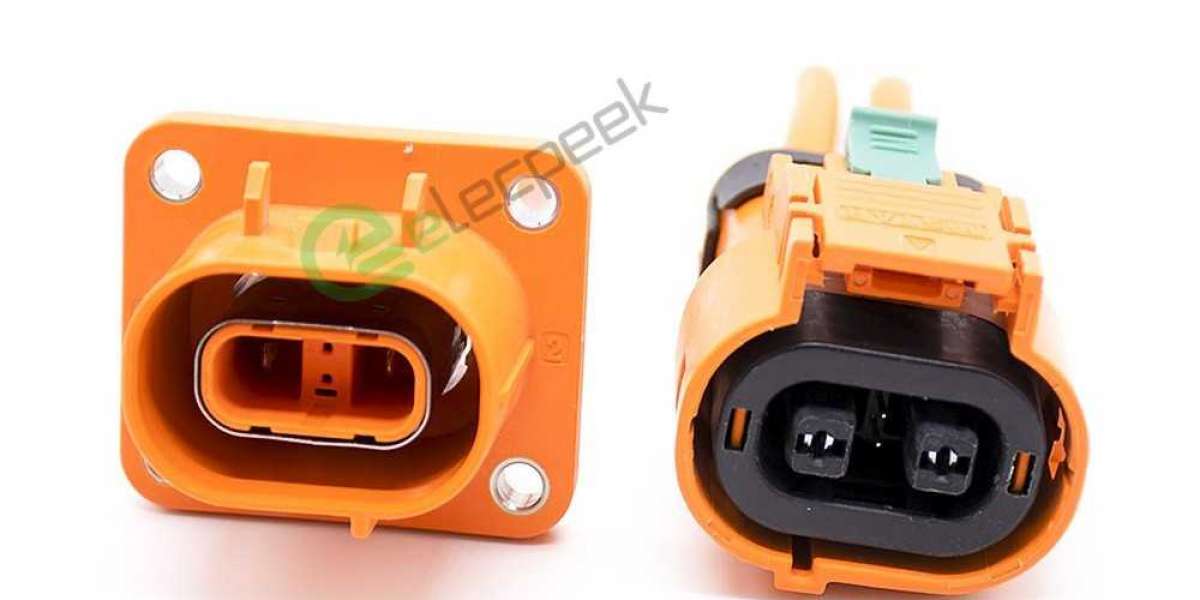In recent years, the popularity of electric vehicles (EVs) has soared, paving the way for a cleaner and more sustainable future. As the demand for EVs continues to rise, the need for efficient and reliable charging infrastructure becomes increasingly important. One key component that has played a pivotal role in shaping the EV charging landscape is the J1772 standard. In this article, we will explore the significance of J1772, its technical features, and its impact on the marketing and adoption of electric vehicles.

Understanding the J1772 Standard
The J1772 standard, also known as SAE J1772, was developed by the Society of Automotive Engineers (SAE) to establish a uniform connector and communication protocol for charging electric vehicles. Introduced in 2001, this standard has become the predominant method for Level 2 AC charging in North America and has gained widespread acceptance globally.
Technical Features and Compatibility
At its core, the J1772 standard comprises a physical connector and a communication protocol. The connector itself consists of five pins that handle power delivery, ground connection, and data communication between the EV and the charging station. This design ensures a safe and reliable charging experience.
Moreover, the J1772 standard supports both single-phase and three-phase charging, enabling a range of charging power levels to accommodate various EV models. The standard defines two charging levels: Level 1, which provides charging at 120 volts AC, and Level 2, which offers charging at 240 volts AC. Level 2 charging significantly reduces charging times compared to Level 1, making it more suitable for everyday use.
Compatibility is a key advantage of the J1772 standard. As a widely adopted industry standard, it promotes interoperability between EVs and charging infrastructure from different manufacturers. EV owners can confidently charge their vehicles at public charging stations or even at home, knowing that the J1772 connector will seamlessly fit into the charging port of their EV.
Marketing Impact and User Experience
The J1772 standard has played a crucial role in the marketing and adoption of electric vehicles. By providing a standardized charging solution, it has helped eliminate the uncertainties associated with charging infrastructure and instilled confidence among potential EV buyers.
For businesses in the EV charging industry, adhering to the J1772 standard has become a prerequisite for attracting and retaining customers. Public charging networks, automotive manufacturers, and charging equipment manufacturers have embraced the standard, creating a vast network of compatible charging stations across the globe. This widespread availability of J1772 charging infrastructure has significantly contributed to the growth of the EV market.
Additionally, the J1772 standard has greatly enhanced the user experience of EV owners. With a common connector design and charging protocol, drivers can easily find and use charging stations, regardless of their EV make or model. This simplicity and convenience foster a positive perception of electric vehicles, encouraging more people to make the switch to cleaner transportation.
Conclusion
The J1772 standard has revolutionized electric vehicle charging by providing a standardized connector and communication protocol. Its technical features, compatibility, and marketing impact have accelerated the adoption of electric vehicles worldwide. As the EV market continues to expand, the J1772 standard will remain a fundamental pillar of the charging infrastructure, facilitating seamless charging experiences and propelling us towards a greener future.




